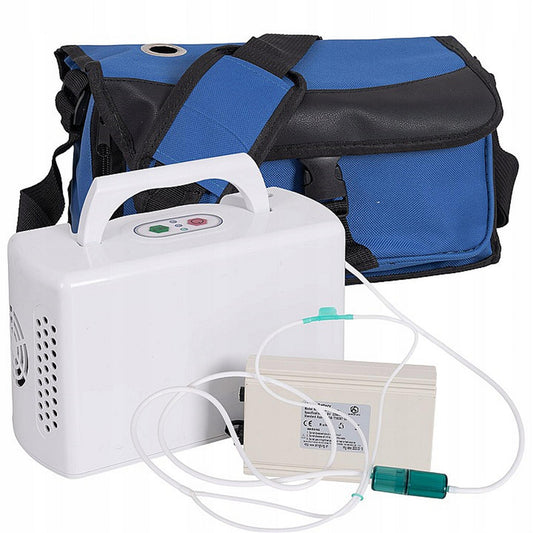what's the significance of oxygen therapy for pulmonary fibrosis

Oxygen therapy plays a vital role in the long-term treatment of chronic diseases such as pulmonary hypertension, pulmonary fibrosis, and chronic obstructive pulmonary disease. However, many patients do not understand and think that oxygen therapy is just a simple inhalation of oxygen. They have not inhaled oxygen before and did not feel too much discomfort, and they often experience dry and uncomfortable nostrils during oxygen inhalation, and they refuse to receive oxygen therapy. There are some patients who only inhale oxygen when it is convenient for them, and the flow rate of oxygen inhalation is also adjusted by themselves. Today, we will briefly introduce the application of oxygen therapy in the treatment of chronic obstructive pulmonary diseases such as pulmonary fibrosis.
1. What is oxygen therapy?
Oxygen therapy has two ways. One refers to various measures that may increase the concentration of inhaled oxygen (including special oxygen therapy such as mechanical ventilation and hyperbaric oxygen); The other refers to a method of increasing the oxygen concentration into the airway under normal pressure through a simple connecting pipe. Generally, oxygen therapy refers to the second method.
2. The role of oxygen therapy
Oxygen therapy can increase blood oxygen saturation, thereby improving the patients’ cardiopulmonary function, reducing blood viscosity, increasing oxygen supply to the heart, and delaying the development of the disease. Long-term oxygen therapy can correct hypoxemia in patients with chronic hypoxia. Patients with pulmonary hypertension can reduce or reverse pulmonary hypertension, increase arterial oxygen partial pressure and hemoglobin concentration, increase tissue oxygen supply, and improve heart, brain, liver, and kidney functions , improve sleep quality and reduce the occurrence of arrhythmia at night. Oxygen therapy can not only increase the oxygen supply capacity and the utilization rate of oxygen during exercise, reduce breathing difficulties in resting state, but also improve shortness of breath after exercise by delaying respiratory muscle fatigue and improving diaphragm function, and improve exercise endurance.
3. Evaluation of oxygen therapy in the treatment of pulmonary fibrosis
The lung function of patients with pulmonary fibrosis decreases to varying degrees, unable to supply the body's needs, resulting in hypoxia in the body. When hypoxia happens, the body will mobilize the body’s functions of oxygen uptake ,oxygen transport and oxygen reserve . The heart is often affected, with compensatory mechanisms, increased cardiac output, faster heart rate, and redistribution of blood flow. At this time, the patient may have no symptoms of heart failure, but objectively there are manifestations of heart dysfunction. If hypoxia persists, these compensatory effects are limited and cannot meet the oxygen demand of cells, then the structure of the heart tissue will be changed, the heart chamber will be enlarged, and the ventricle will be thickened; at the same time, cardiomyocytes, extracellular matrix, collagen fiber network, etc. will have corresponding effects. The above change is the process of ventricular remodeling. With the passage of time, the pathological changes of ventricular remodeling are still developing, and heart failure will inevitably appear. The relative lack of energy supply of cardiomyocytes and energy utilization barriers lead to cardiomyocytes necrosis and fibrosis, resulting in decreased myocardial contractility and inability to exert its corresponding ejection effect. For this reason, a vicious circle is formed and decompensation occurs. Therefore, the activities of patients with pulmonary fibrosis should be moderate, so as to prevent mild patients or patients with latent heart failure from suffering heart failure caused by predisposing factors such as ischemia and hypoxia after fatigue.
In order to avoid potential heart failure in patients with pulmonary fibrosis, early low-flow oxygen inhalation is necessary. The purpose of oxygen inhalation is to increase blood oxygen saturation, correct hypoxemia, and ensure that tissue cells receive adequate oxygen to restore and maintain their functions. For patients whose blood oxygen saturation is less than 90% after the activity, it is recommended to take oxygen during the activity.
Therefore, oxygen therapy is a very important treatment method for patients with pulmonary hypertension, pulmonary fibrosis, and COPD. Patients need to change their traditional concepts, realize the importance of oxygen therapy, and more importantly, proceed with oxygen therapy correctly.










